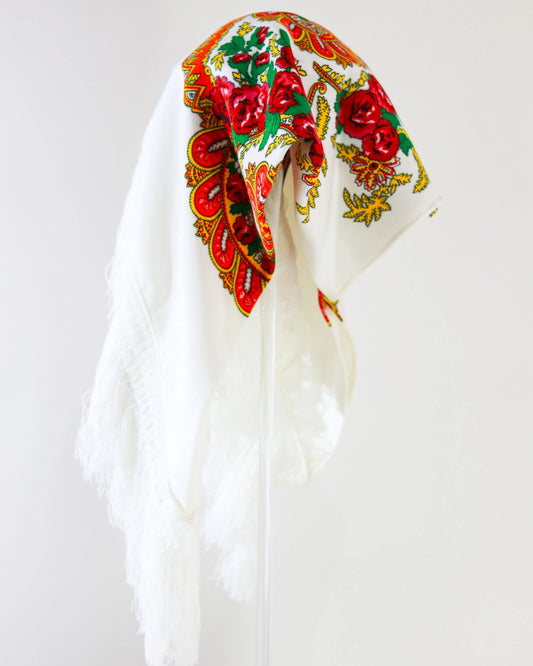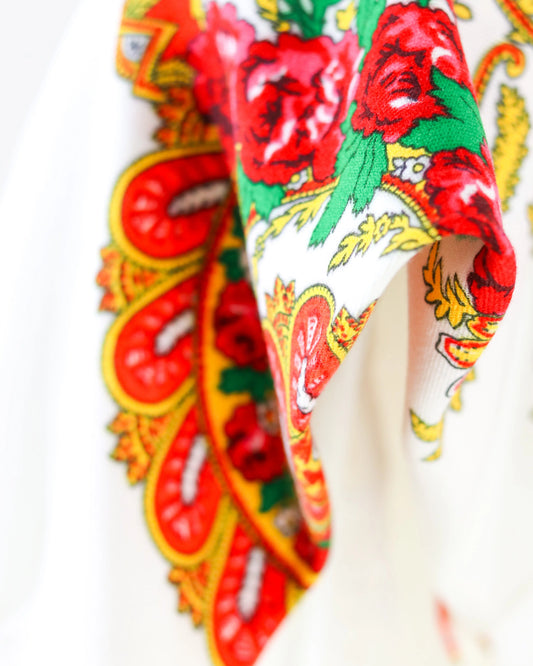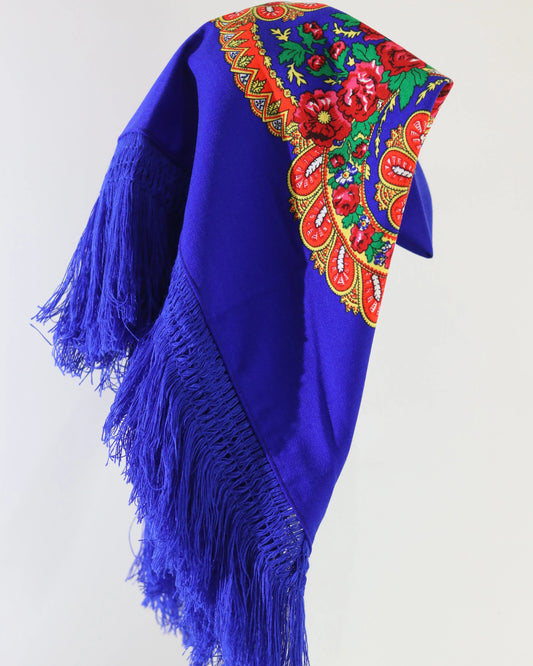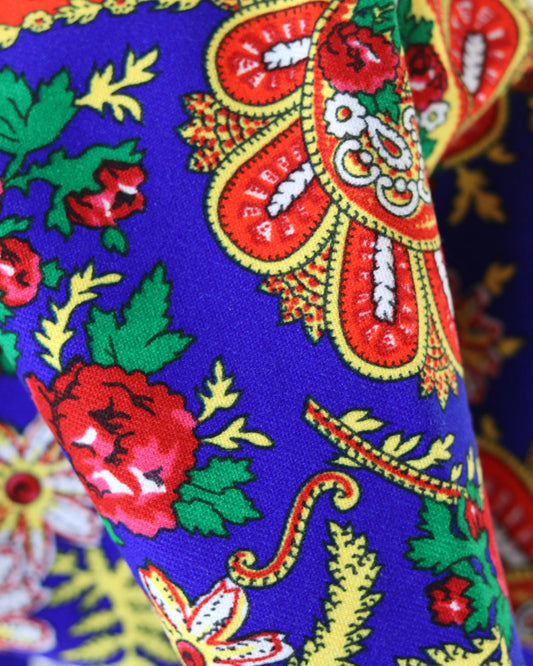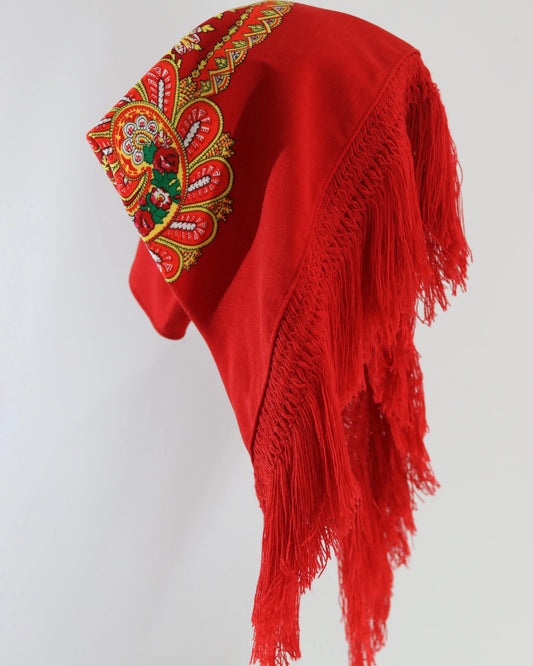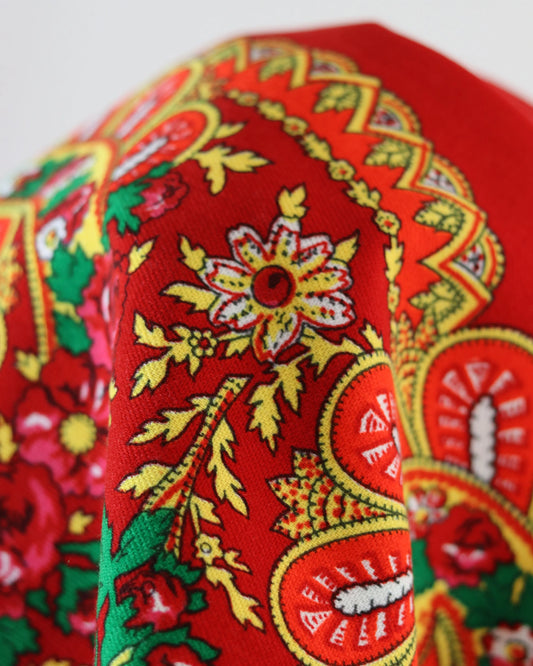Discover why Viana do Castelo is the most beautiful city in Portugal
There are cities that win you over slowly, almost surreptitiously. Viana do Castelo wastes no time. As soon as the train approaches Lima and the metal bridge appears in the frame, you can already see that here the meeting of sea, river, and mountain creates a cinematic geography. And when your gaze rises to the Sanctuary of Santa Luzia, perched high above like a crown, a simple understanding is sealed: it's hard to imagine a more harmonious urban landscape in Portugal.
Calling it the most beautiful isn't hyperbole. It's the sum of elements that make sense side by side. An intact Renaissance square. Filigree gold glittering in the streets during the Pilgrimage. A good wind for candles and kitesurfing wings. The scent of sea air and roast goat wafting from the mountains. An iron bridge with a famous signature and a museum ship moored within sight of the esplanade. And, behind, a green that never tires.
The beauty here isn't limited to views. It lives on in crafts, rhythms, accents, dishes on the table, and the pleasure of leisurely strolling. Viana is a place that combines elegance and authenticity, without ever having to stand on tiptoe.
An amphitheater of sea, river and mountain
The map looks like the work of a poetic urban planner. The Atlantic enters the scene at Cabedelo Beach, extending into pale dunes, meeting the Lima estuary, and softening before heading serenely inland. Opposite, Monte de Santa Luzia rises in a natural amphitheater, offering a 360-degree view of the city.
To the north, the Serra d'Arga mountains create streams of water and cool shadows. Between them, Viana lies in an open valley, with historic neighborhoods and wide avenues, a waterfront inviting for cycling, and houses that maintain their ancient layout without neglecting contemporary life.
In a single frame, you can see sails parading, seagulls circling, the shine of the tiles, and the granite stone that gives shape to the facades. This landscape is rare and deeply photogenic.
Heritage that tells stories
Praça da República is the starting point. The complex, formed by the Old City Hall, the Renaissance fountain, and the Misericórdia Church, displays a harmony that's hard to replicate. Surrounding it, narrow streets boast carved wooden shutters, iron balconies, and niches with images that have survived the test of time.
Above, the Sanctuary of Santa Luzia, with features reminiscent of the Sacré-Coeur Basilica, boasts perfect proportions and stained-glass windows that paint the nave with color. You get there by elevator, a short journey that begins at the river level and ends on a level of silence and expansive views.
Along the riverbank, the metal bridge known to many as the Eiffel Bridge is a symbol of engineering and elegance. Its slender design juts out over the water like a firm line. And, moored near the center, the hospital ship Gil Eannes is a living museum, a reminder of the cod fishing epic and Viana's intimate connection with the sea.
There are museums that broaden our understanding of the city: the Costume Museum reveals the richness of Viana costumes, the language of embroidery, and the hearts that have become iconic; the Museum of Decorative Arts showcases interiors and collections that explain tastes and fashions; small galleries and exhibition spaces reinforce a dynamic cultural circuit.
Traditions alive all year round
The beauty grows in August when the pilgrimage in honor of Our Lady of Agony fills the streets. The stewardesses parade in brightly colored costumes and gold-adorned breastplates, folk music echoes, there are flower carpets on the sidewalk, and a procession to the sea begging for protection for the fishermen. This isn't just window-dressing folklore. It's a tradition that mobilizes generations.
Viana's filigree, with its unmistakable heart, is the meticulous work of goldsmiths who maintain ancient techniques. The bobbin lace, the ceramic pieces, the embroidery, the concertinas—each craft carries years of knowledge. And the result is an intangible heritage that can be seen, heard, and touched.
This energy spills over into the rest of the year with fairs, ethnographic group gatherings, festivals, and regattas. A vibrant calendar makes the city unexpected outside of peak season.
Flavors with an Atlantic and Minho soul
There's a kitchen that smells of salt, greenery, and smoke. Cod finds a thousand ways to reach the table, from historical recipes to signature restaurants. Lamprey at Lima marks the season, when the river dictates the menu and tradition commands respect. From the sea come sardines, sea bass, octopus, and sardines, prepared without disguise, as befits premium fish.
From the mountains, goat and stew warm the cold months. Rich soups, seafood rice, Minho-style sarrabulho porridge, and deeply flavored rojões (pork roe). Among the desserts, Torta de Viana holds pride of place, and there are houses where Sidônios and Jesuits disappear in an instant. And who can resist the still-warm Berlin balls from a bakery that's become a must-stop?
For drinks, vinho verde is king. The Loureiro grape variety, closely associated with the Lima Valley, produces aromatic and vibrant whites that pair well with grilled fish and a late afternoon at the marina. Some also seek out an Alvarinho from neighboring regions, and the conversation at the table flows smoothly.
A city to walk, cycle and be in the wind
Viana was made for the feet. Traversing the old town requires time and curiosity. The wide, protected waterfront invites a stroll that can go on for miles, with bike paths, viewpoints, and benches overlooking the river. On the other side, the sands of Cabedelo stretch out for sunset strolls.
The often strong wind has brought a community of kitesurfers and windsurfers who color the estuary. There are schools, safe areas, and a seaside culture that coexists with those who just want to see the sand maneuvers. On days with the right swell, surfing takes center stage.
Inland, the Serra d'Arga offers trails that wind through oak groves, waterfalls, and granite villages. Hiking, mountain biking, picnics with a view, birdwatching in the Lima estuary—all without long journeys.
- Hiking: historical circuit, Lima ecovia, Monte de Santa Luzia trails
- Cycling: riverside cycle path, connecting to beaches and nearby villages
- Water: rowing, sailing, stand-up paddleboarding, kitesurfing, and windsurfing in Cabedelo
- Mountain: marked trails in Arga, waterfalls and viewpoints
Contemporary architecture and a blue future
The city isn't static in the photo. Contemporary interventions add value, not subtract. The Viana do Castelo Cultural Center, designed by Souto de Moura, introduced new stages and a stonework that reflects the urban scale. The waterfront was renovated to provide more space for people and less noise to the landscape.
In the port, shipyards continue to make the shipbuilding industry a local source of pride, now under the WestSea banner. Shipbuilding and repairs demonstrate how technical expertise has reinvented itself and maintained skilled employment. There's much talk of the maritime economy, and here this idea has ground, water, and history.
Academia provides support. The Polytechnic Institute of Viana do Castelo trains technicians and managers, connects with businesses, and promotes the region's innovation projects. Between tradition and the future, the city finds balance.
48 hours in Viana: practical itinerary
Day 1
- Morning: coffee in Praça da República, visit to the Costume Museum and the Church of Misericórdia; ride the elevator to Santa Luzia, time for the viewpoint and to enter the sanctuary
- Lunch: fresh fish by the river
- Afternoon: stroll along the waterfront, visit to the Gil Eannes museum ship, walk along part of the bridge to get a feel for the scale
- Late afternoon: Cabedelo beach, wind in your face, feet in the water
- Evening: Minho snacks and a glass of Loureiro
Day 2
- Morning: light trail on Monte de Santa Luzia or incursion to Serra d'Arga
- Lunch: roast goat or fish rice
- Afternoon: Museum of Decorative Arts and filigree shop circuit, find the heart of Viana that makes sense to you
- Late afternoon: terrace on the banks of the Lima, sunset with the sanctuary towers cutting through the sky
- Night: show at the Cultural Center or stroll through the illuminated streets
Optional suggestion: If your visit coincides with the Pilgrimage, reserve seats and adjust your schedule. It's an experience that changes your perception of the city.
When to go: windy tides, parties and colors
Each season brings a different light. The wind varies, the crowds change, and the city adjusts its pace. The chart below helps you choose.
| Station | Typical wind | Average temperature | Sea and beach | Capacity | Notes |
|---|---|---|---|---|---|
| Spring | Moderate, mild days | 15 to 20 °C | Variable swell | Average | Flowers in the center, good height for trails and cycling |
| Summer | More intense North | 20 to 28 °C | Cabedelo at its best for wind and sun | High | Pilgrimage in August, book in advance |
| Fall | Calmer and golden | 14 to 22 °C | Less predictable sea | Average | Harvest in Minho, beautiful light for photography |
| Winter | Irregular, with pauses | 8 to 15 °C | Paths and museums saving time | Low | Lamprey in Lima, clear days with clear views |
At any given time, the city offers services, quality restaurants, and cultural programming. The choice involves an appetite for wind and movement, or contemplation and silence.
Little secrets that make a difference
- Climb Santa Luzia early, when the light is oblique and the city wakes up
- Peek into goldsmiths' workshops and see filigree being created thread by thread
- Step into historic cafes to feel the local pulse
- Try freshly baked Berlin balls and eat them while standing on the street
- Stop by the fountain in Praça da República and read the details of the granite
- Count the seagulls in the estuary, with the river at high tide
- Take the eco-route to less frequented areas and expand your view of the estuary
How to get there and get around
By train, the Minho Line regularly connects Viana to Porto. By road, the A28 brings the city closer to the airport and other coastal locations. Entrances are clear, parking is well distributed, and there are options for all budgets.
In the center, walking is the best idea. Distances are short, and the landscape begs for leisurely strolls. There are carefully designed bike paths and bike and scooter rental services. Crossing the beaches on the other side of the estuary is easy, and access is signposted.
Those who want to save time to Santa Luzia should take the funicular, especially if traveling with children or family. The road has curves and views, but the short funicular ride has its own charm.
Why this beauty convinces
Viana's beauty isn't just a list of monuments or viewpoints. It comes from the way everything fits together naturally. A historic center that breathes, surrounded by water and greenery. Heritage that intertwines with contemporary architecture. Traditions that don't remain confined to museums and continue to spill out onto the streets, strong, colorful, and shared.
Some cities shine with a single iconic image. Viana has several. The view from Santa Luzia, the lacework of the bridge, the curve of the Lima River, the stewardesses at the Romaria, a filigree heart in the window, the candles in the estuary, the houses gilding at the end of the day. Each one would make a poster. Together, they create a place to be treasured in a memory album.
And then there's feeling. Arriving, taking a deep breath, and realizing that this landscape combines vigor and serenity. A wind that awakens, a river that calms, a sea that evokes horizons. That alone is worth the trip. The rest is a generous bonus.

